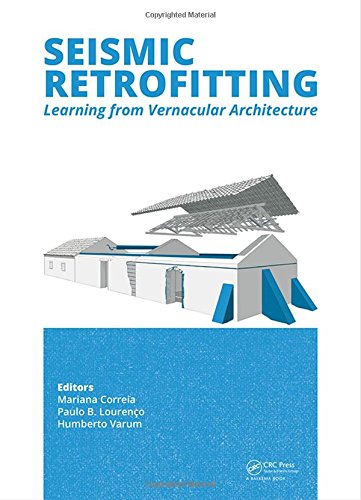

Most ebook files are in PDF format, so you can easily read them using various software such as Foxit Reader or directly on the Google Chrome browser.
Some ebook files are released by publishers in other formats such as .awz, .mobi, .epub, .fb2, etc. You may need to install specific software to read these formats on mobile/PC, such as Calibre.
Please read the tutorial at this link. https://ebooknice.com/page/post?id=faq
We offer FREE conversion to the popular formats you request; however, this may take some time. Therefore, right after payment, please email us, and we will try to provide the service as quickly as possible.
For some exceptional file formats or broken links (if any), please refrain from opening any disputes. Instead, email us first, and we will try to assist within a maximum of 6 hours.
EbookNice Team

Status:
Available5.0
10 reviewsLocal communities have adapted for centuries to challenging surroundings, resulting from unforeseen natural hazards. Vernacular architecture often reveals very intelligent responses attuned to the environment. Therefore, the question that emerged was: how did local populations prepare their dwellings to face frequent earthquakes?
It was to respond to this gap in knowledge, that the SEISMIC-V research project was instigated, and this interdisciplinary international publication was prepared. The research revealed the existence of a local seismic culture, in terms of reactive or preventive seismic resistant measures, able to survive, if properly maintained, in areas with frequent earthquakes.
The fundamental contribution and aims of the publication were to enhance:
-The disciplinary interest in vernacular architecture;
-Its contribution to risk mitigation in responding to natural hazards;
-To encourage academic and scientific research collaboration among different disciplines;
-To contribute to the improvement of vernacular dwellings, which half of the world’s population still inhabits nowadays.
Fifty international researchers and experts presented case studies from Latin America, the Mediterranean, Eastern and Central Asia and the Himalayas region, with reference to 20 countries, i.e. Algeria, Bolivia, Bhutan, Chile,
China, Egypt, El Salvador, Greece, Haiti, Italy, Japan, Mexico, Morocco, Nepal, Nicaragua, Peru, Romania, Taiwan, Turkey and a closer detailed analysis of Portugal. This publication brings together 43 contributions, with new
perspectives on seismic retrofitting techniques and relevant data, addressing vernacular architecture; an amazing source of knowledge, and to this day, home to 4 billion people.